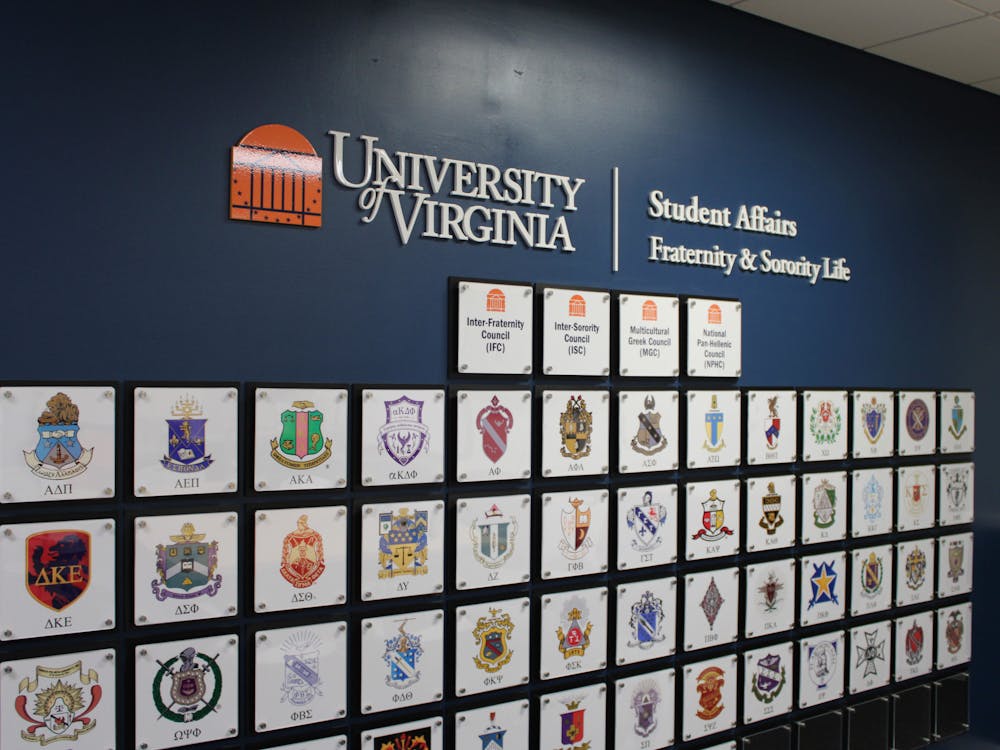Recently, several American universities have started to revamp their degree programs by incorporating creativity into the curriculum in order to encourage innovation and clever thinking in real-world scenarios. Schools such as Oklahoma State University have implemented initiatives such as “creativity challenge[s]” to their campuses. The idea behind these new creativity programs is that students need to think about new approaches and original methods of problem-solving in their courses. The idea being that the more creatively a person can think, the more beneficial he will be to his field of study. These new innovation-driven curriculums are useful in theory, but teaching students to apply creative thinking to their studies via additional classes is immensely hard.
One of the main reasons for this difficulty is that creativity encompasses many different things. A set definition, aside from thinking in an original way, is hard to come by. From photography to poetry writing, there are countless ways of thinking in an inventive manner. Because of the various ways creativity can be expressed, teaching students precisely how to do so is highly complex.
Seeking to help students apply creative skills to their learning is a necessary goal — whether you’re making a product to sell or designing public policy, original thinking is fundamental to careers and to life. But creativity is not something that can be taught easily when it is regimented into the curriculum as an academic requirement.
Students often view requirement courses as obstacles to overcome rather than opportunities for introspection. A course on creativity, or a course that is explicitly designed to teach students how to be creative in their work, should fall into the latter category. But how can universities mandate teaching creativity without sacrificing the liberating attitude that should accompany courses that allow the imagination to flourish?
The most comprehensive solution is an overhaul of course instruction. If innovative and original reasoning were surgically implemented by all instructors to their courses, creativity could be taught on a holistic level, and in a way that would be highly applicable to the subject matter. For instance, an introductory environmental sciences class could discuss innovative methods of data-taking or ecosystem monitoring, thus encouraging creative thinking that simultaneously requires ample knowledge of course material as well.
University of Kentucky faculty have come up with a somewhat similar approach, in that “faculty members must arrive at their own definition of creativity and build their courses around it.” Even though the Kentucky creativity program applies creative thinking to a wide range of fields — from landscaping to geography — the university still designates creativity as a requirement. This method of teaching satisfies some students: “this is the only [class] that asks me about myself.” It angers others: “why are you making me take this worthless, do-nothing class?” The second quote says much about the nature of creativity in that its hard to define, elusive character often provokes frustration, particularly when forced.
Teaching creative habits in colleges must be done discreetly, by forcing students to work with subject matter and concepts in clever, new ways. This strategy prevents creativity from being taught as a distinct concept or separate skill that students can simply dismiss as an area in which they are weak. Instead of making creative thinking something that lasts for a semester, in a specific class, universities should strive to implement it into curricula in such a way that it is mandatory and learned by practice, rather than by discussion.
The main problem with teaching creativity in universities, however, is that the concept of creativity itself is very hard to grasp. John Cleese, when asked where he got his ideas, replied “I get them from a Mr. Ken…who sends them to me every morning on a postcard. I once asked Ken where he got his ideas from and he gets them from a lady called Mildred…he once asked Mildred where she got her ideas and she refused to say. The point is, we don’t know where we get our ideas.”
All people have a capacity for creativity, but some are more apt at expressing it. Perhaps cultivating creative thinking and reasoning in youth would lead to more innovative thinking and problem-solving in students and less confusion about how to generate or enhance this thinking at the university level. Until educators carry out this type of cultivation before college, however, students will continue to need creative instruction in higher education, in order to be successful. The ideas behind this instruction are benevolent, but unless they can be administered in a way that is requirement-free, they will fall very short of their goals.
Walter Keady is a Viewpoint writer for The Cavalier Daily.




